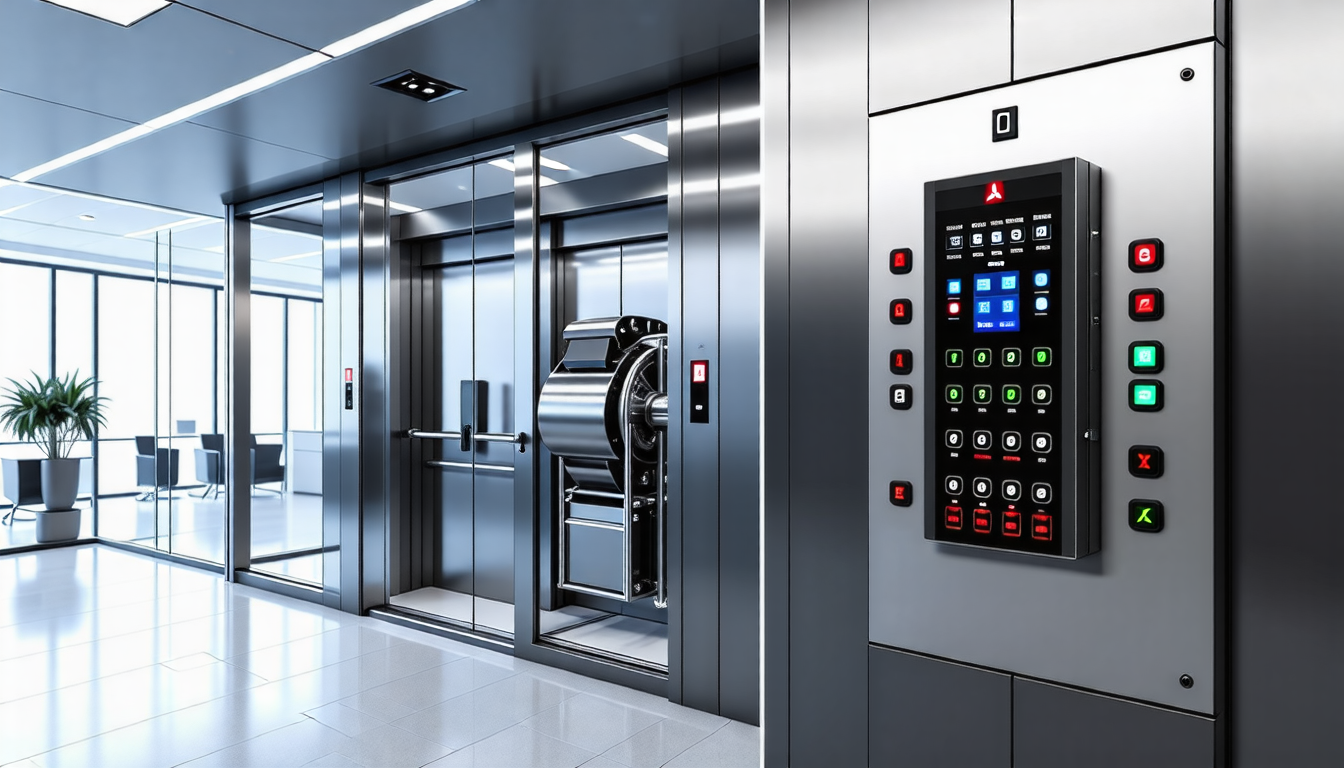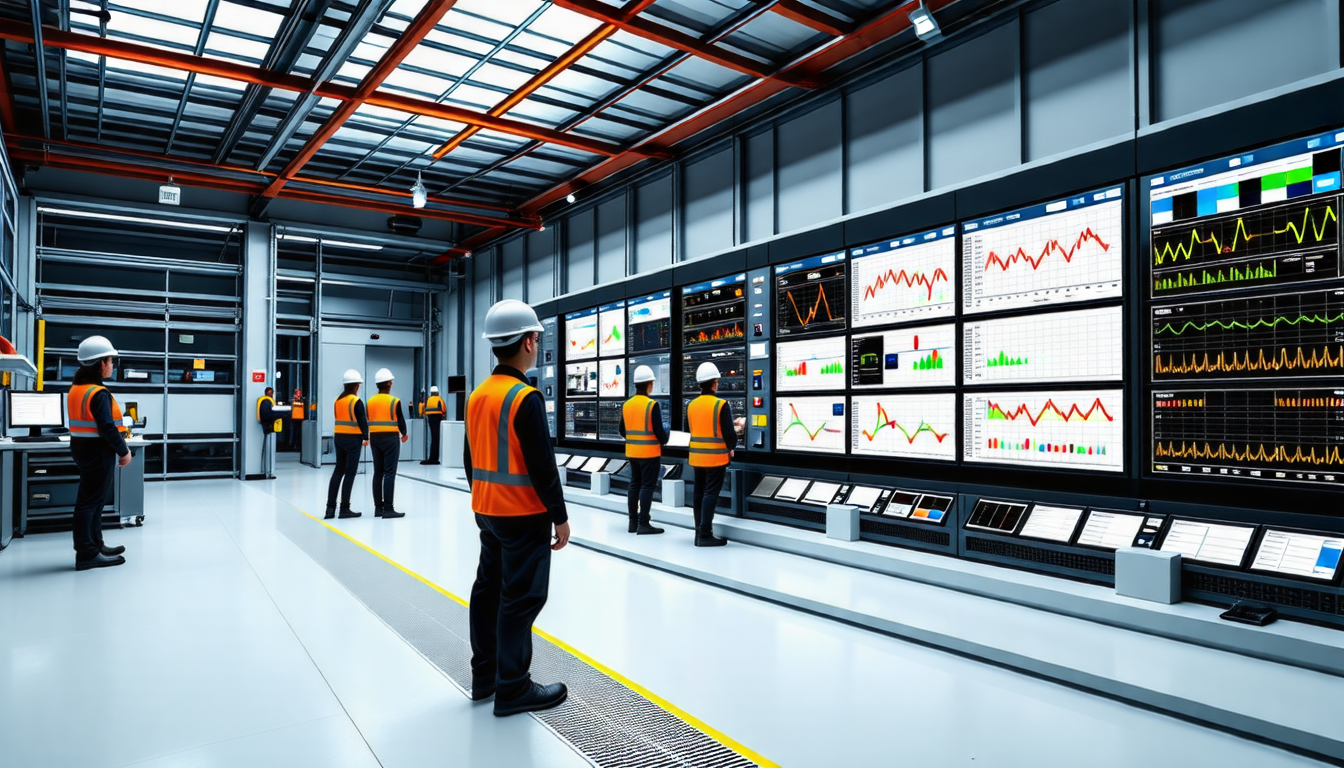|
IN BRIEF
|
Mitsubishi Electric elevators are renowned for their advanced technology and exceptional performance, integrating a variety of key components that ensure smooth and reliable operation. At the heart of these systems lies the traction machine, featuring a sophisticated PM motor with a joint-lapped core designed to enhance efficiency. This unique design utilizes flexible joints that allow for a denser winding of coils around an iron core, leading to improved motor performance. Additionally, Mitsubishi Electric offers a range of customizable hydraulic elevator systems, catering to both residential and commercial applications. Other essential elements, such as entrances, fixtures, and rail brackets, are meticulously fabricated to meet high standards of safety and functionality, reinforcing Mitsubishi Electric’s commitment to innovation in vertical transportation solutions.

Mitsubishi Electric elevators are renowned for their innovation, safety, and efficiency. Their design integrates various key components that work seamlessly together to ensure smooth operation and optimum performance. Understanding these components provides insights into the sophistication behind Mitsubishi Electric’s offerings in vertical transportation.
Traction Machines
The traction machine is a pivotal element in the operation of a Mitsubishi Electric elevator. It utilizes a Polymer Magnate (PM) motor which is characterized by its efficiency and compactness. This motor features a unique joint-lapped core design, incorporating flexible joints that allow for enhanced coil density around the core. This increase in coil density contributes to improved motor efficiency, ensuring that the elevator operates quietly and smoothly. Moreover, the traction machines are equipped with double brakes as a standard feature, significantly enhancing the braking performance and safety of the elevator system.
Hydraulic Systems
For those Mitsubishi Electric elevators that utilize hydraulic technology, the hydraulic system is an essential component. These elevators feature a broad selection of standard and customizable designs tailored for various applications. Improved efficiency is achieved through a carefully designed hydraulic pumping system that raises and lowers the elevator car as needed. The hydraulic elevators also emphasize compact design, allowing for effective space utilization in buildings where larger machine rooms might not be feasible.
Control Systems
The control system in Mitsubishi Electric elevators is a sophisticated integration designed for reliable operation. This system governs the various functions of the elevator, including the initiation of movement, speed control, and safety protocols. Advanced controls allow for smooth acceleration and deceleration, enhancing passenger comfort. Furthermore, these systems are engineered to reduce waiting times and optimize the routing of the elevators, effectively handling varying passenger loads throughout different times of the day.
Door Mechanisms
Door mechanisms are vital for passenger safety and accessibility. Mitsubishi Electric elevators feature advanced door systems that ensure smooth operation and secure closures. The door systems are equipped with safety sensors that detect obstructions, preventing the doors from closing when passengers are in the doorway. Additionally, there are various options available, such as automatic sliding doors and hinged designs, each tailored to meet specific building requirements and enhance user experiences.
Entrances and Fixtures
The appearance and functionality of elevator entrances are crucial in modern architecture. Mitsubishi Electric fabricates several key components, including entrances, fixtures, and rail brackets, which maintain high standards of quality and design. These components can be customized to match the building’s aesthetics and functionality, ensuring that they enhance both the visual appeal and operational efficiency of the elevator system. The high-quality materials used in these components contribute to durability and reliability over time.
Safety Features
Safety is paramount in elevator design, and Mitsubishi Electric incorporates numerous features to ensure passenger protection. The MELD (Mitsubishi Emergency Landing Device) is a notable example, which provides a reliable system in the case of power failure or other emergencies. Additionally, the elevators are designed with multiple redundancies in critical systems, ensuring that in the event of a malfunction, backup systems will engage to maintain safety standards. Routine inspections and maintenance are crucial, and guidelines are available to ensure that these safety mechanisms are regularly checked and functional.
Building Management Systems
Integrating elevators with building management systems (BMS) allows for enhanced operational control and energy efficiency. Mitsubishi Electric elevators can communicate with BMS to optimize energy consumption, monitor performance, and manage system diagnostics. This integration not only contributes to a sustainable building environment but also enables faster response times to service requests and real-time monitoring of elevator performance. Enhanced operational efficiency results in reduced operational costs for building managers.
Modernization Options
Mitsubishi Electric places a strong emphasis on modernization, ensuring that older elevator systems can be upgraded with the latest technologies and features. Modernization can include the retrofitting of modern control systems, energy-efficient drives, and advanced safety features. These updates help extend the lifespan of existing elevator systems while improving reliability, performance, and user experience. The modernization process is designed to be minimally disruptive to the building’s operations, allowing for continuous use during the update.
Maintenance Requirements
Proper maintenance is essential for the longevity and efficiency of Mitsubishi Electric elevators. Regular inspections help identify potential issues before they escalate into major problems. Routine maintenance tasks often include checking the hydraulic fluid levels, inspecting the condition of cables, and testing the functionality of safety features. To facilitate effective maintenance practices, Mitsubishi Electric provides comprehensive guidelines detailing the recommended maintenance schedules and procedures, ensuring elevators continue to operate safely and efficiently over time.
In summary, the intricate components of Mitsubishi Electric elevators work harmoniously to create a sophisticated vertical transport system. From energy-efficient traction machines to cutting-edge control systems and comprehensive safety features, each element plays a critical role in enhancing overall performance and user experience. The continuous drive for innovation ensures that Mitsubishi Electric remains at the forefront of the elevator industry, offering effective, safe, and reliable solutions for modern building needs.
The key components of a Mitsubishi Electric elevator are integral in ensuring the system operates efficiently and safely. The hydraulic systems and Diamond-Trac® components are expertly manufactured to enhance performance and reliability. The traction machine features a joint-lapped core, promoting motor efficiency and allowing for compact design. Advanced braking systems with double brakes provide enhanced safety, while customizable designs cater to various applications, ranging from residential to commercial. Additionally, the incorporation of cutting-edge building management systems ensures seamless integration and operational effectiveness. Understanding these components is crucial for maintaining high-performance standards in vertical transportation.
Frequently Asked Questions about Key Components of a Mitsubishi Electric Elevator
What are the main components of a Mitsubishi Electric elevator? The main components include the traction machine, hydraulic systems, elevator doors, control systems, and safety devices.
What is the role of the traction machine? The traction machine is responsible for driving the elevator car using a system of pulleys and ropes to ensure smooth vertical movement.
How does the hydraulic system work? The hydraulic system operates by using fluid pressure to lift and lower the elevator car, providing efficient control for heavy loads.
What features enhance the safety of Mitsubishi Electric elevators? Safety features include MELD (Mitsubishi Emergency Landing Device), double brakes, and advanced sensor technologies that prevent accidents.
What types of elevator doors are used in Mitsubishi Electric elevators? Mitsubishi Electric elevators utilize various types of doors, including automatic sliding doors and manual hinged doors, depending on the design requirements.
What role do control systems play? Control systems manage the operation of the elevator, including managing its speed, direction, and destination based on passenger inputs and building requirements.
How often should Mitsubishi Electric elevators be maintained? Regular maintenance should be performed at least twice a year to ensure optimal performance and safety.
What is the advantage of using Diamond-Trac components? Diamond-Trac components are designed to enhance the efficiency and reliability of elevator systems by providing improved performance in a compact space.
Are custom designs available for Mitsubishi Electric elevators? Yes, Mitsubishi Electric offers a wide selection of both standard and fully customizable designs to meet specific operational needs.

